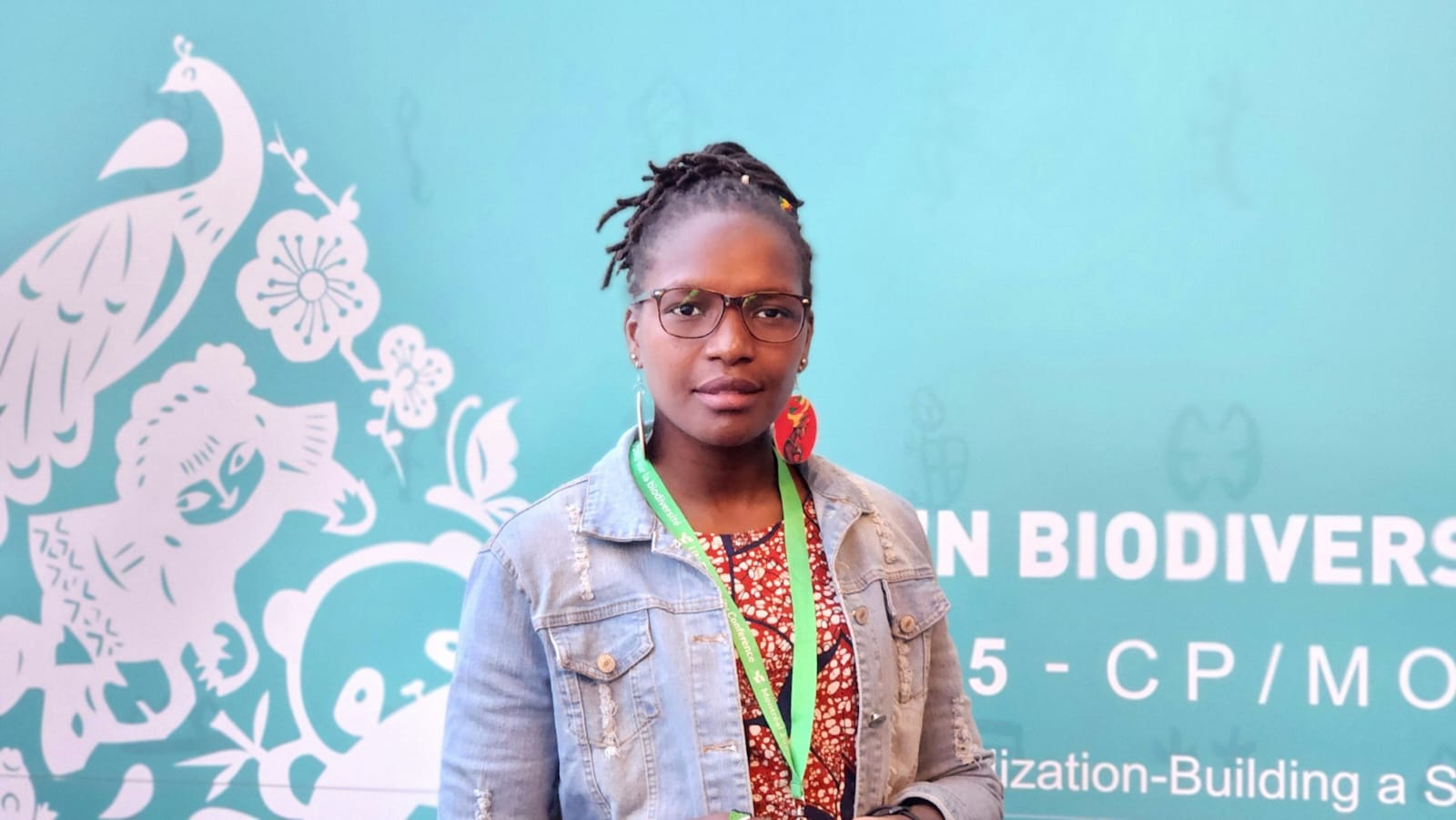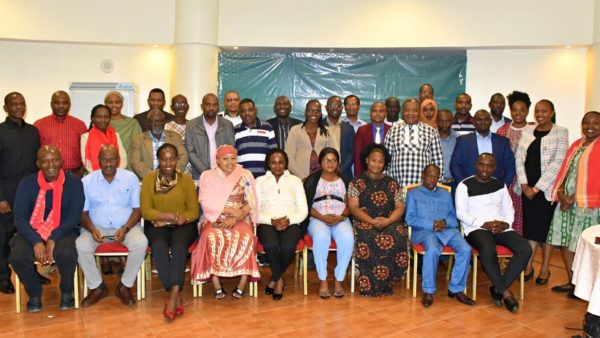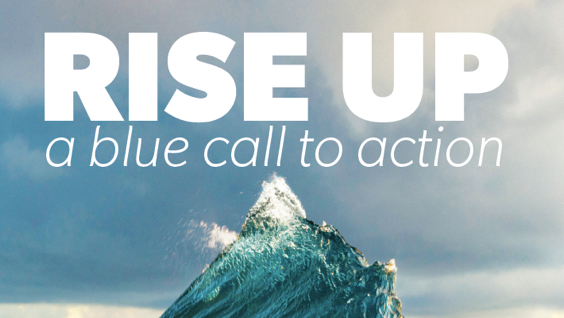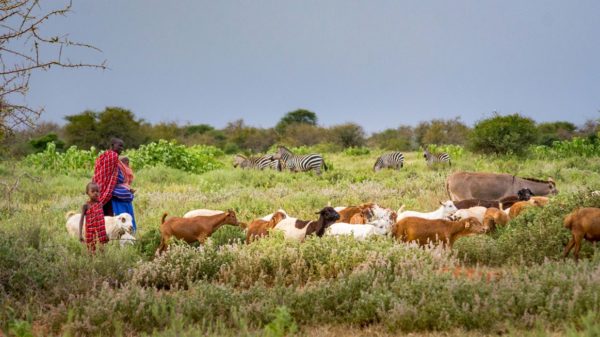Indigenous activist, Milka Chepkorir, speaks about how philanthropy can be a better ally to, and advocate for, the rights of Indigenous Peoples and local communities in protecting biodiversity
First published on 05/26/2023, and last updated on 06/06/2023
By Unearthodox
This insight piece was originally published on Unearthodox as part of their Future of Philanthropy for Biodiversity initiative. Unearthodox exists to address the deep-rooted causes of seemingly impossible nature challenges. Please visit Unearthodox.org to learn more about the project and organisation.
Indigenous activist, Milka Chepkorir, is quick to establish that she is first and foremost Indigenous before being an activist, part of the Sengwer Indigenous People of Cherangany hills in Kenya. Having faced numerous evictions from their ancestral lands in the name of forest conservation, Milka now advocates and lobbies full-time for securing land tenure rights and policies not only for her people, but for several other Indigenous Peoples in Kenya and across the African continent. In her work for the ICCA consortium, she looks at the role of Indigenous People and local communities in conservation, keeping a close eye on forceful evictions and misuse of their resources by governments, businesses, and mining companies. And in a deeply patriarchal community, she has also been instrumental in bringing women into these conversations, getting them into leadership positions, and bringing awareness and consideration to how fortress conservation adversely impacts women, children, and the elderly. Stirring and forthright, Milka spoke to Unearthodox about how philanthropists can be better allies to Indigenous Peoples helping protect biodiversity and why well-intentioned pledges to support their rights have yet to turn into meaningful action. Edited excerpts:
Can you tell us more about your work and yourself?
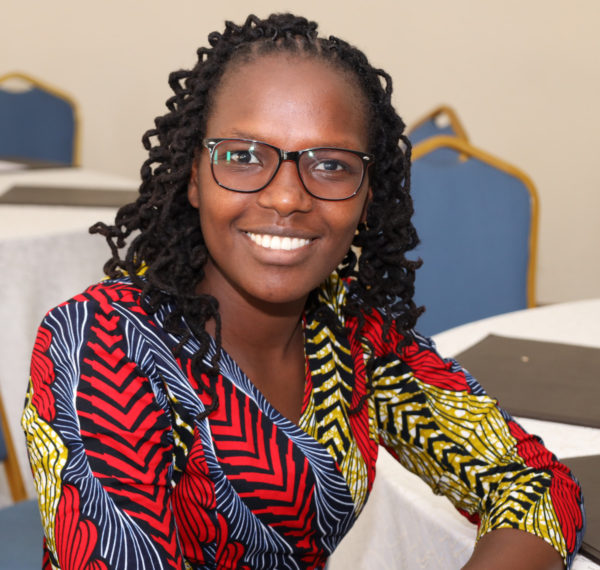
I am proudly Indigenous, even though it is difficult to be Indigenous in this country [Kenya] because we’re then seen as somebody who does not participate in whatever conservation is. And that is because, in the first place, the definition and practice of conservation assumes that we are not doing it. That it is someone else who comes and does it and teaches us how to do it. But really, how we live, our lifestyle, our food systems, our fetching of firewood, our fetching of any other resource from the forest is what has contributed to conservation because we do not extract everything like the industrialists do. We extract small because we have taboos guiding how we use resources. But conventional conservation methods do not recognise our methods’ contribution to keeping this forest alive.
And that is what I really stand to speak out about until my time comes to an end. Even if no one listens, at least I will have told the world that our way of life is what is actually conserving. So when we’re talking about protected areas, my question to anyone that talks to me about that is to ask them: protected from whom?
What, if any, changes are you seeing in global philanthropy that could support positive outcomes for nature and people?
I think a lot of changes are taking place, but not at the level one would expect them, at least in this century. I haven’t read much about what used to happen before but what I think is that philanthropy in the past has just been there to facilitate paradigms, plans and methods for conservation. And unfortunately, what has been happening in the past is that conservation has been excluding people, and with this kind of conservation, focused on protected areas, my question, once again, is: protected from whom?
It should have never been protection of resources against those (Indigenous Peoples) that take care of them but rather from those who exploit them unsustainably and especially for commercial purposes. Those who do not care about the land and the resources for posterity.
It is not enough for philanthropists to look at adopting wildlife and build a reputation for their names. Why? Because in that way they keep funding the colonial methods of conservation that were left behind. And those methods are exclusive in the sense that they exclude Indigenous and local communities’ participation and they don’t acknowledge their contribution. And in that way, without knowing it, or perhaps knowing it, this funding is being used by the governments in these countries to pursue their agenda or to just perpetrate the colonial conservation work paradigm that the North and the West left behind.
This then facilitates eviction, leads to sexual exploitation of women, and to situations where powerful people and government officials take advantage of the conflict, to extort as much as they can from people and extract as many resources as possible from forests.
On the good things that are happening, we have a few organisations that identify themselves with local and Indigenous Peoples, who educate them on their roles to make sure that they lobby for the rights of their lands, and the rights to guard their resources or to conserve their resources themselves. But you see the power against the few who are really meaning well for communities, their power is so much pressed down upon by the other part that looks at capitalising nature, capitalising even the act of taking care of nature, so that it is not taking care of nature, wild animals, the forest for our good as humans, but it is taking care of them so that they can gain an advantage to exploit. Sometimes with unthinkable force and impunity against communities.
You said earlier that these changes are not happening at the expected level that they should – why do you think they are not?
There are many reasons for that. At the international level of course, because these discussions are happening at a very high level that excludes communities from participating. In terms of communication, in terms of strategy, in terms of language, in terms of the coining of the ideas themselves, like I told you, the definition of conservation itself implies exclusion of humans from a place. It does not appreciate that lifestyles that communities have lived for years have contributed to conservation.
The second reason is that, when you bring money into the equation, you definitely are going to give the person with more power more space to make decisions, more space to say which community receives funding and which one does not. Let’s think of a typical example of money coming through the treasury of a government and then going to the people. The first thing is that usually local communities don’t get all the money initially intended for them as a lot of it is used to finance government operations. The government will then say ‘we’re supporting communities in this region to conserve this and that’ but by the time the money given by a very well-meaning person reaches the communities it was meant to support, the amount that is left is so small that it is difficult to have any kind of impact with it.
And communities over time were angered by such plans because you cannot use us just to get funds that you’ll then be spending for top-level government officials.
So nothing really happens at the community level or, when it happens, it’s happening on the wrong side. The funding, yes, reaches the community, but does not go to communities to enable their own ways of conservation but is used to pay rangers who are bought guns, and bought uniforms, and trained to be brutal and protect trees, protect livestock, but beat up communities; so then it is the use of money to give power to the person that is powerful and facilitate them with brutal weapons to brutally treat or mistreat those who they think are not contributing to this conservation paradigm.
If you have to imagine a place where philanthropy could really help rather than be a barrier or an obstacle, what would that look like to you? How could philanthropy play a positive role in helping honour Indigenous rights and communities?
I think philanthropists could help us by becoming more informed. I think we should start from there. It’s not just about having spare resources to help a community that you’ve read about in a magazine or to support a conservation agenda that is already being implemented. I think people should be informed beyond what they just want to do to know how their help will be of benefit to Indigenous and local communities. Let them help themselves first. I think we may imagine that philanthropy is very well informed, but I think a perfect one and a better one would be one that is well informed on what actions they want to do, how those actions are going to trickle down, at least until the community level.
Another one would be just for many of them to emulate the humility that is with others. I think that’s where we start from and one that does not separate human beings from whatever is being conserved because like I said, if you answer the question of protecting it from whom then it will be another human being. And you cannot protect, you cannot conserve something that faces the threat of exploitation by another human being, and not involve that human being in the discussion on the practice of conserving.
Do you think that philanthropic money could be used to hold governments accountable?
Definitely. That is why people who are giving this money should be informed, and inform themselves more on what this money is being used for, because then you’re able to hold the government accountable. Say no, we cannot allow governments to use the money that we are putting into conservation interventions to defy people’s rights. Philanthropists have to hold governments accountable.
You cannot come around giving money to protect trees, to protect whatever biodiversity that you want to protect, and forget that there are people who have been doing this for ages, and who most likely will be kicked out by the initiatives financed by your money. You cannot accept, as a philanthropist, that the government then comes back to you and tells you: ‘you know, we used your money to protect this and that and now we have fenced this place and that place’. Ask then where are the people?
Ask yourself, were there people before you fenced it? Where did they go?
Why are we even making a distinction between people and biodiversity? We are nature, we are biodiversity and excluding ourselves is insane. And saying that nobody is excluding anybody is a lie. The philanthropic world needs to hear this. And people need to know it’s often not about them. If you can use the power of your money to hold governments accountable, then do it! We have to end this form of segregation and be human in everything we do.
If you could address a room of philanthropists, and there was one thing you could say to them, what would it be?
I would tell them if your resources are going to be used to disenfranchise the rights of communities and Indigenous Peoples, either by practice or by law, or by a paradigm that has been left in those regions by colonialism, if your money is going to contribute to harm and exclusion, and dehumanising Indigenous Peoples just because of their nature and their economic situations, if your money is just going to contribute to inhumanity, then please don’t give it. It is not enough to just give to institutions, to governments that will make people suffer. It only becomes enough when you as a human being reflect on what your interventions will bring to another human being.
Learn more about this initiative: The Future of Philanthropy for Biodiversity
